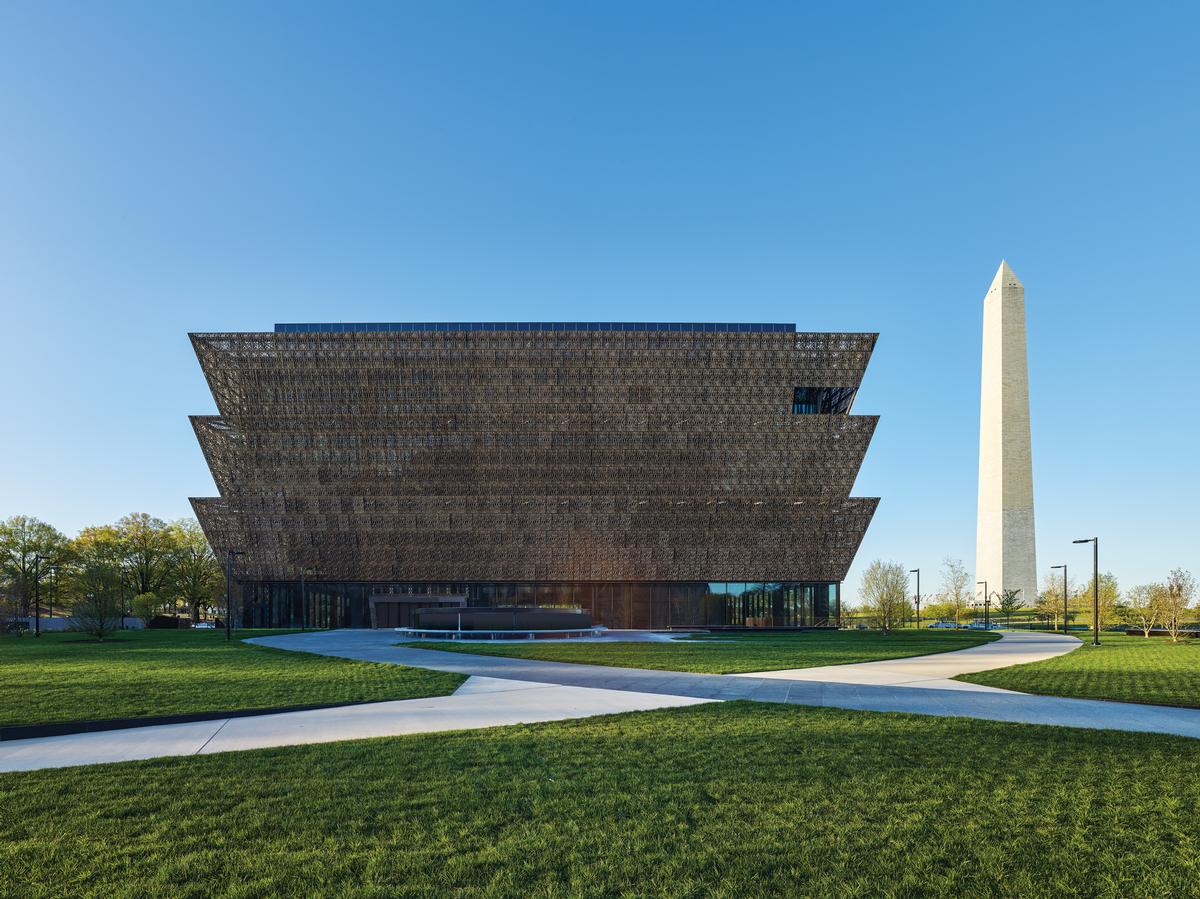see all jobs
Long-awaited National Museum of African American History and Culture opens in Washington
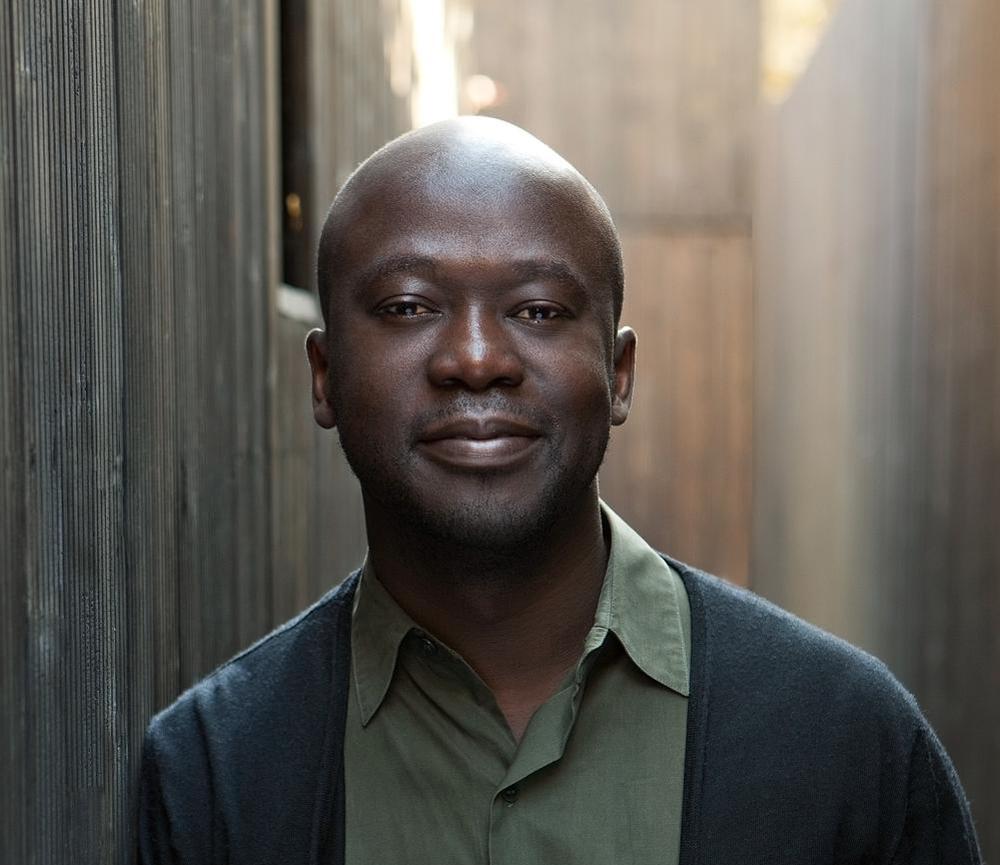
The long-awaited opening of the National Museum of African American History and Culture in Washington D.C. will take place this Saturday (24 September), with US president Barack Obama in attendance.
A three-day festival of music, literature, dance and film will accompany the opening of the museum, which is dedicated to exploring the story of America through the lens of the African American experience.
Obama will lead the museum’s dedication ceremony and mark the opening by ringing a specially restored and shipped bell from the First Baptist Church in Williamsburg, which was founded by slaves and free blacks in 1776.
Thousands of free tickets are being released for the museum’s opening day as part of the Smithsonian’s annual Museum Day Live! event.
The 400,000sq ft (37,000sq m) museum, which focuses on themes of African American history, culture and community , is located on a five-acre site on Constitution Avenue next to the Washington Monument.
The nine-story building features exhibition galleries, an education centre, a 350-seat theatre and a café. Signature spaces are the Contemplative Court, a memorial area for reflection; the Central Hall, the primary public space in the museum; and a reflecting pool at the south entrance.
The most significant component of the design is the bronze crown-like Corona, which forms the visible exterior of the building. Three inverted pyramids, inspired by the form of a Yoruba sculpture and echoing the angle of the Washington Monument, sit on top of each other to give a sense of uplift. Meanwhile, the patterned facade evokes the architectural ironwork made by African American artisans in southern US cities before and after the Civil War.
The building was designed by the Freelon Adjaye Bond/SmithGroup collective, with Tanzanian-born British architect David Adjaye leading the overall vision.
“Several things absolutely came to mind in thinking through what this building should be and how it should work with the programme that we were given,” Adjaye told Attractions Management.
“How do you add to such a fantastic masterplan, one of the most significant masterplans in the world – this incredible monumental core to the capital city of the most powerful country in the world? How do you understand its intrinsic nature, which is the idea of the pastoral and the ordered landscape? How do you make an end to the ordered landscape and begin the pastoral, which is the National Mall proper, and then open onto the Washington Monument grounds?
“In a way, I always conceived of this building as a kind of turning point – a knuckle, a joint – which articulates the two things, neither one nor the other, but bridging between the two. This can be understood as a metaphor for the less tangible bridge between cultures – ensuring that the African American story becomes a universal story.
“I could never remake this museum, or repeat it, because it’s so bound up in the particulars of its location, of its goals and of its place in history.”
The inaugural exhibitions will include A Changing America: 1968 and Beyond; Defending Freedom, Defining Freedom: Era of Segregation 1876-1968; and Double Victory: The African American Military Experience.
“A project isn’t finished and nothing is achieved until it’s used,” said Adjaye. “I can’t wait to see the museum once it has opened, to see how people respond to the space and use it in ways I hadn’t anticipated.
“That’s when the project is finished for me; only then can I begin to comment on whether any of my goals have been realised.”
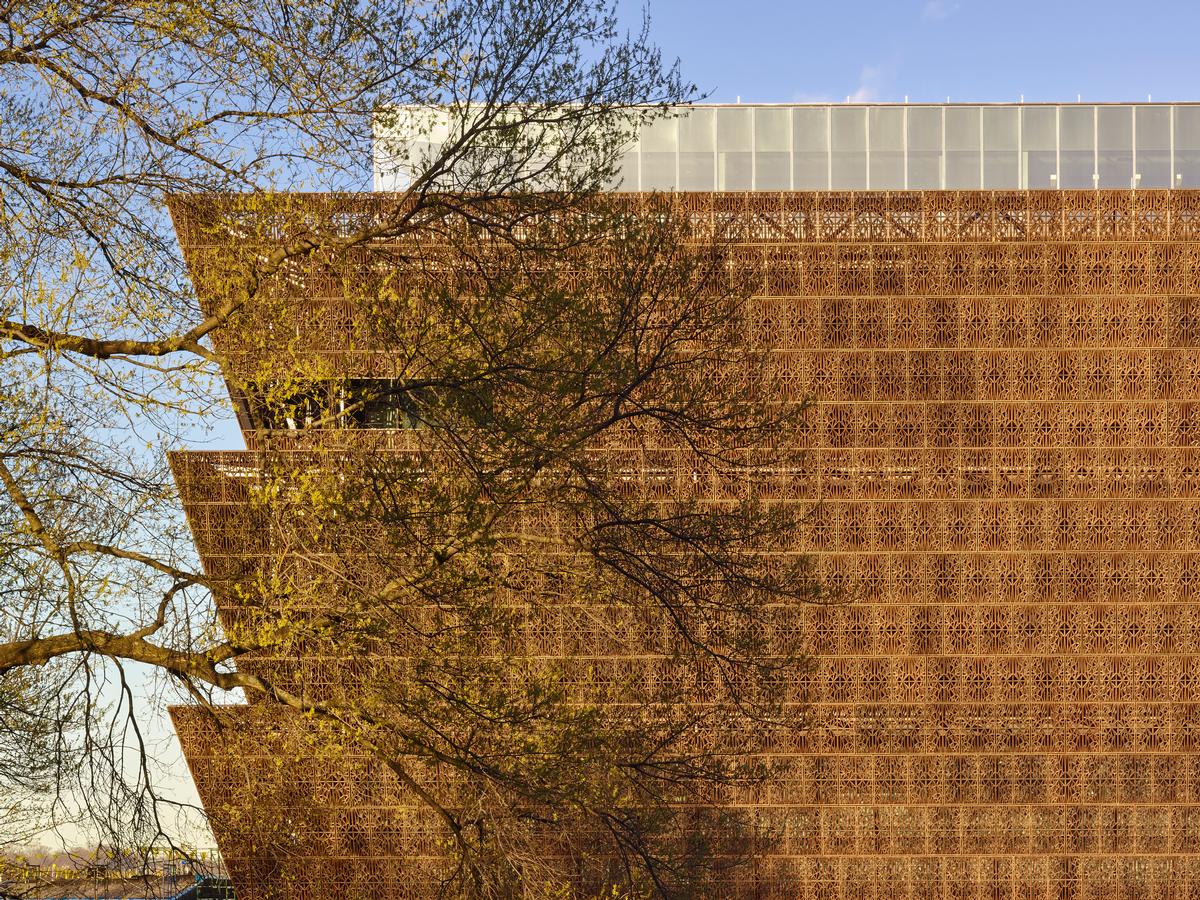

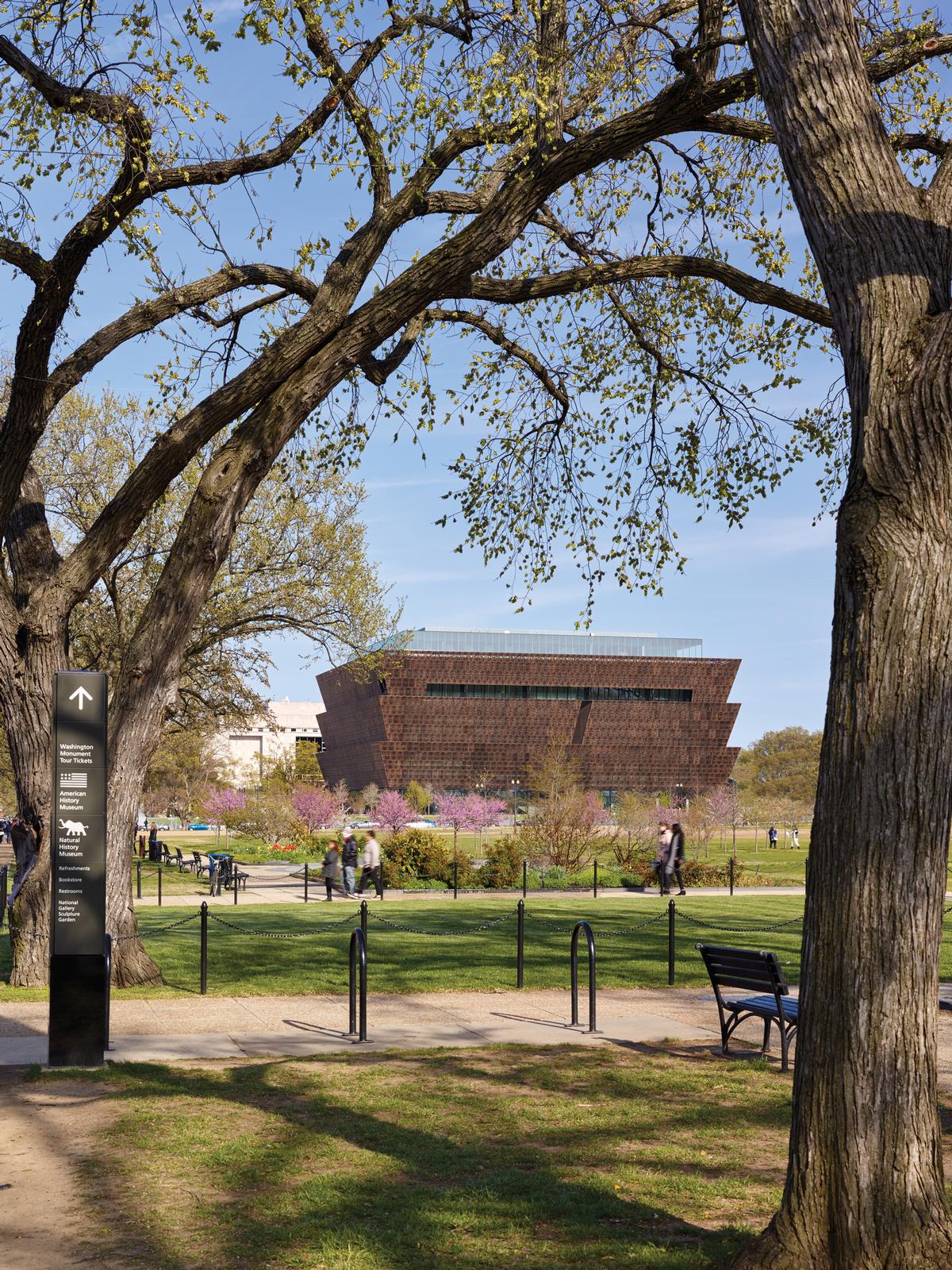
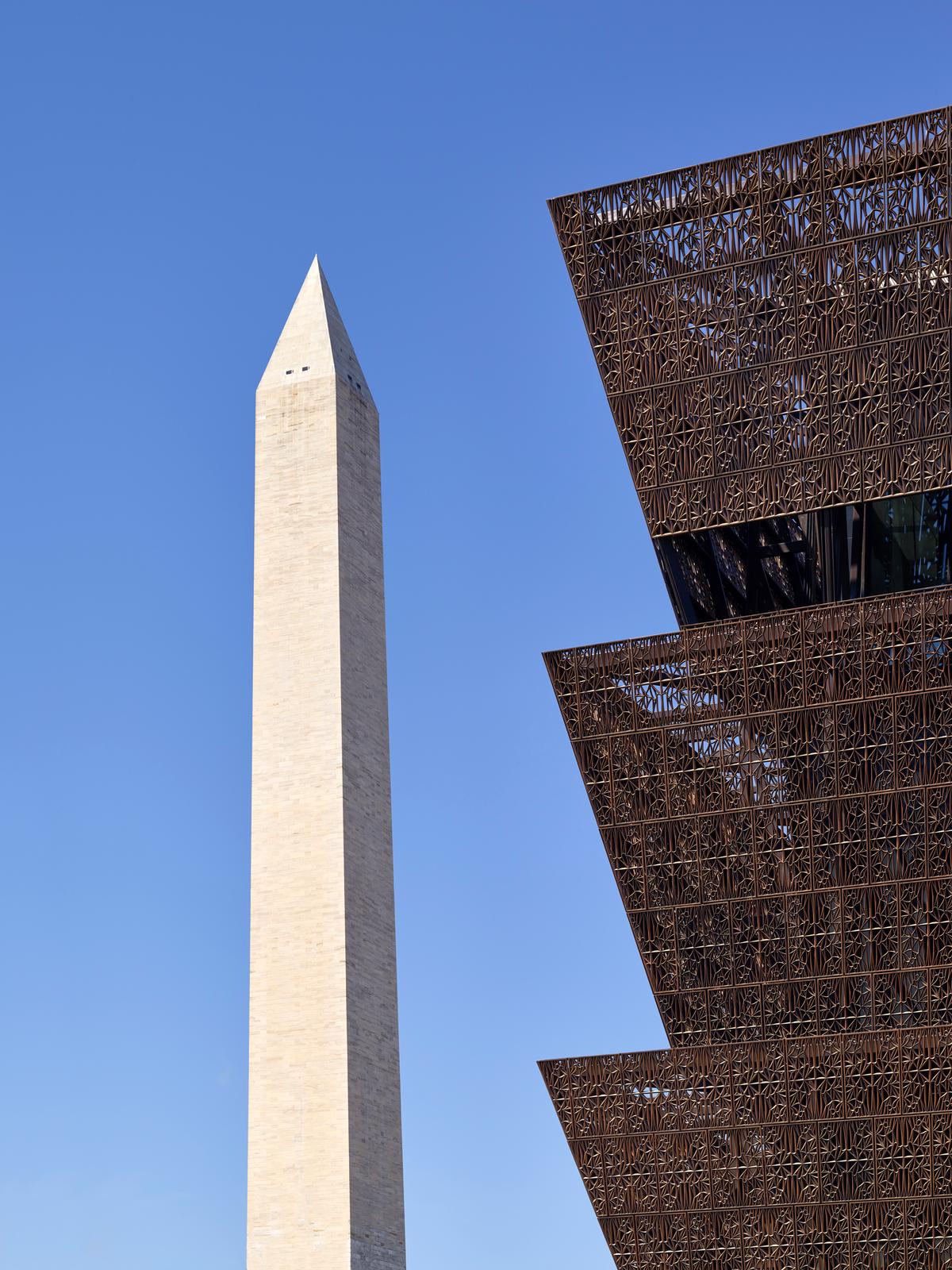


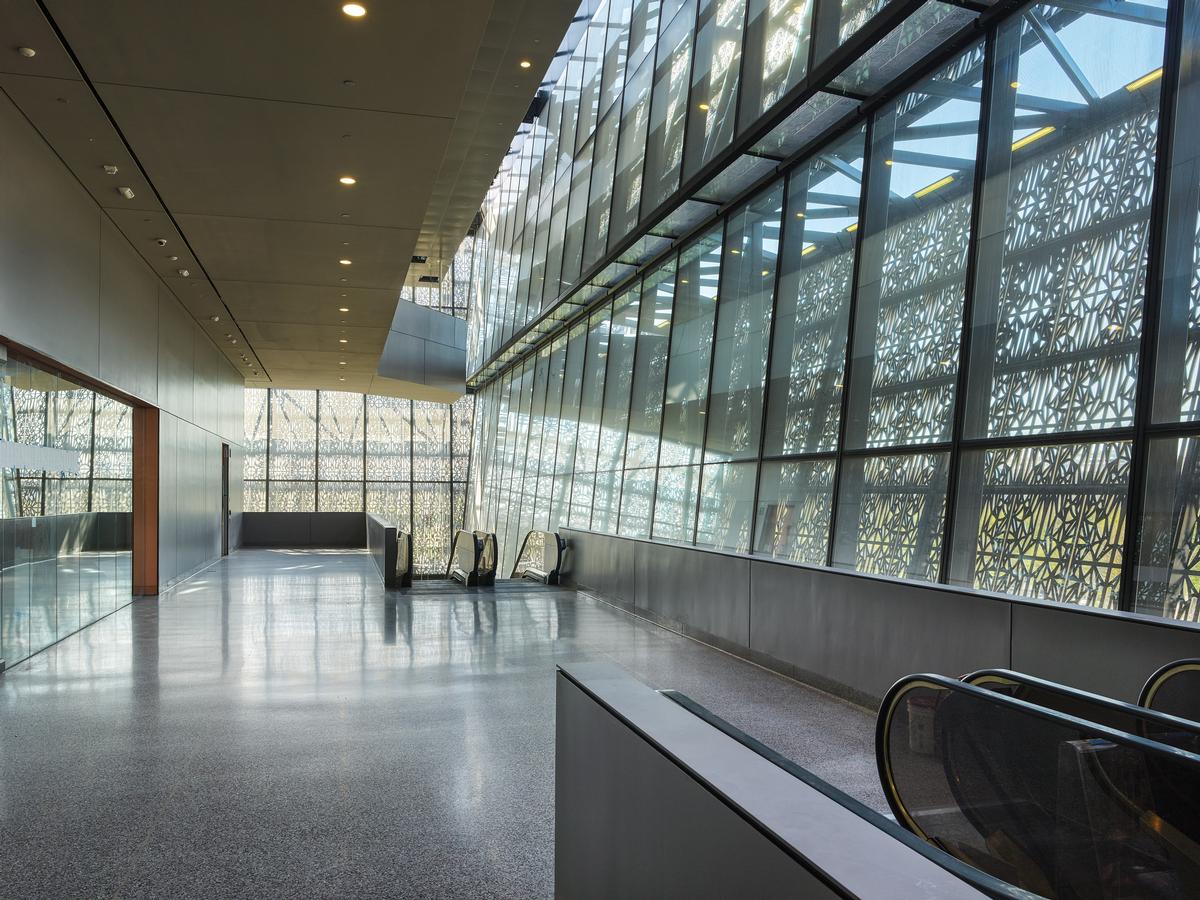
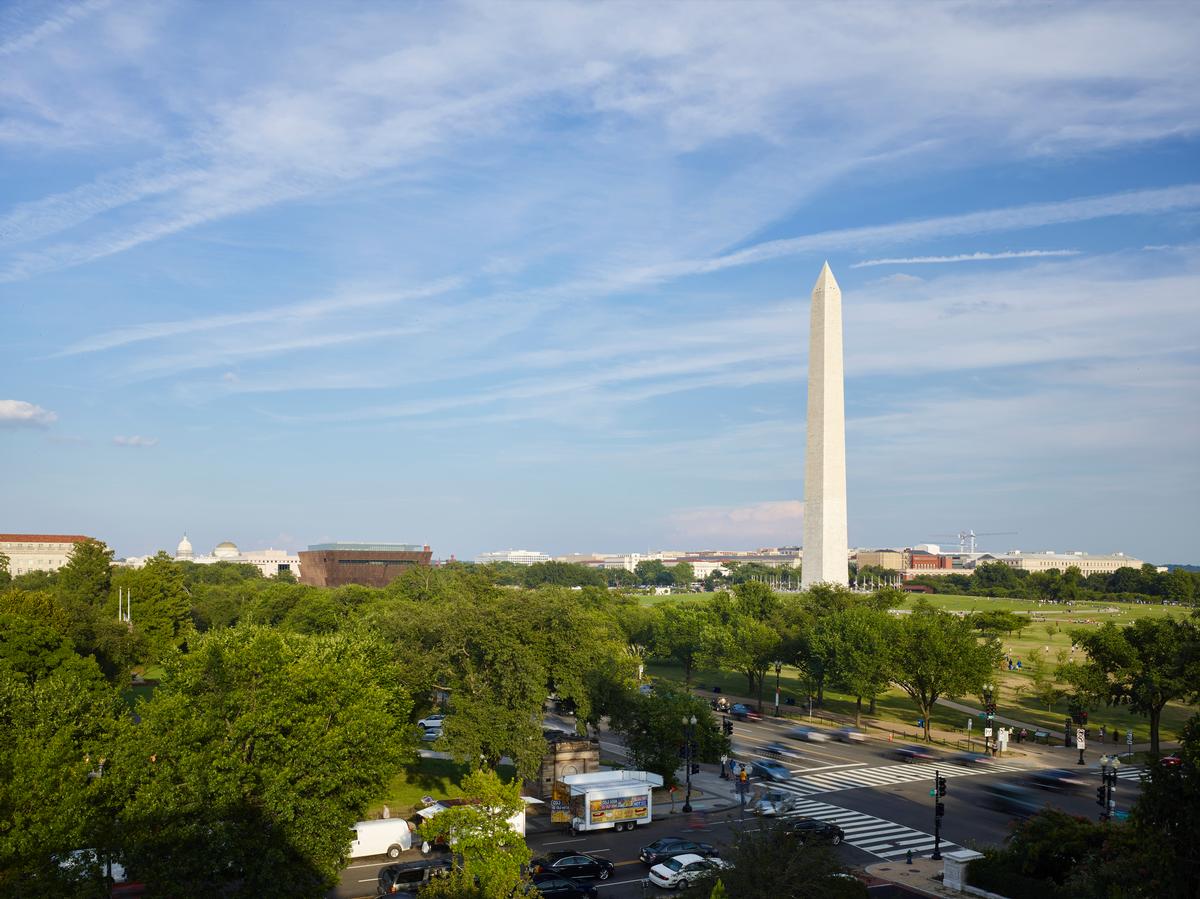
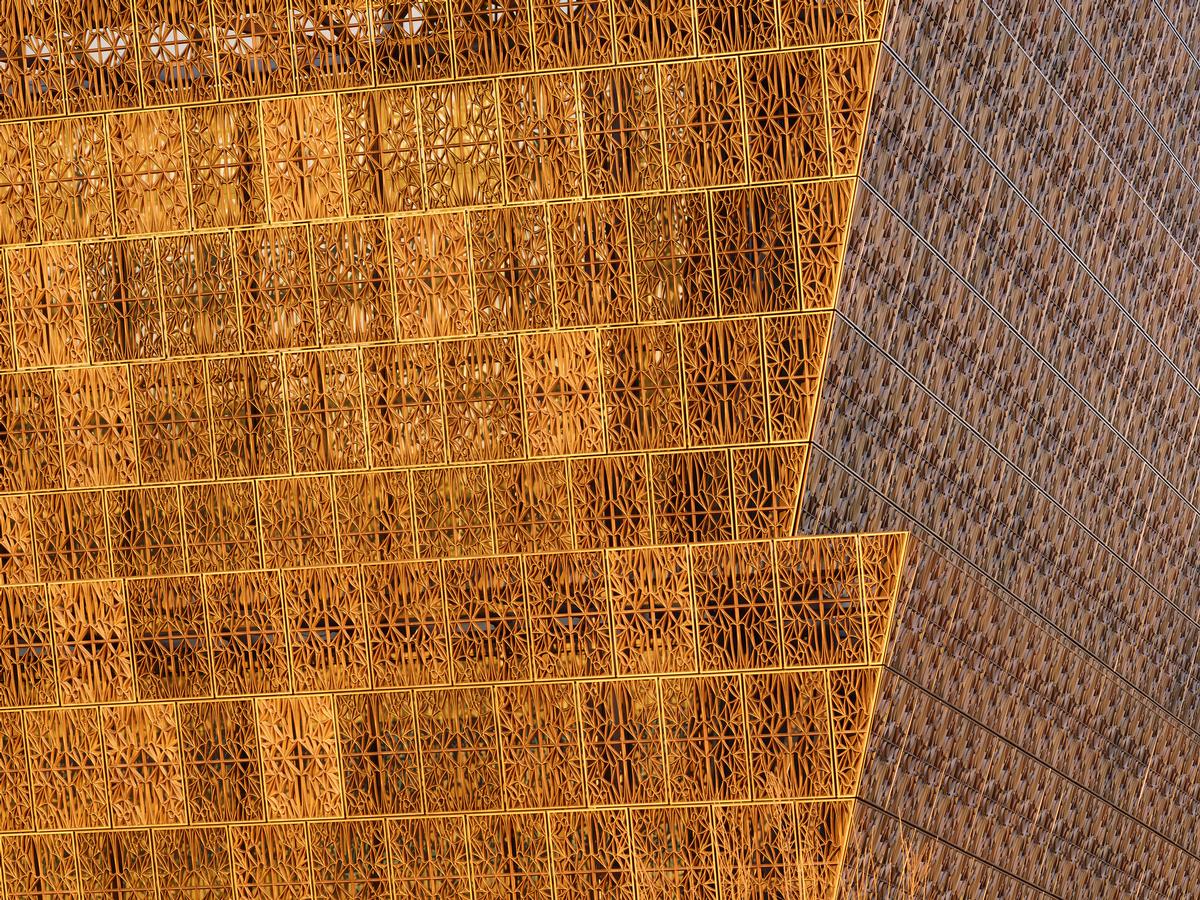
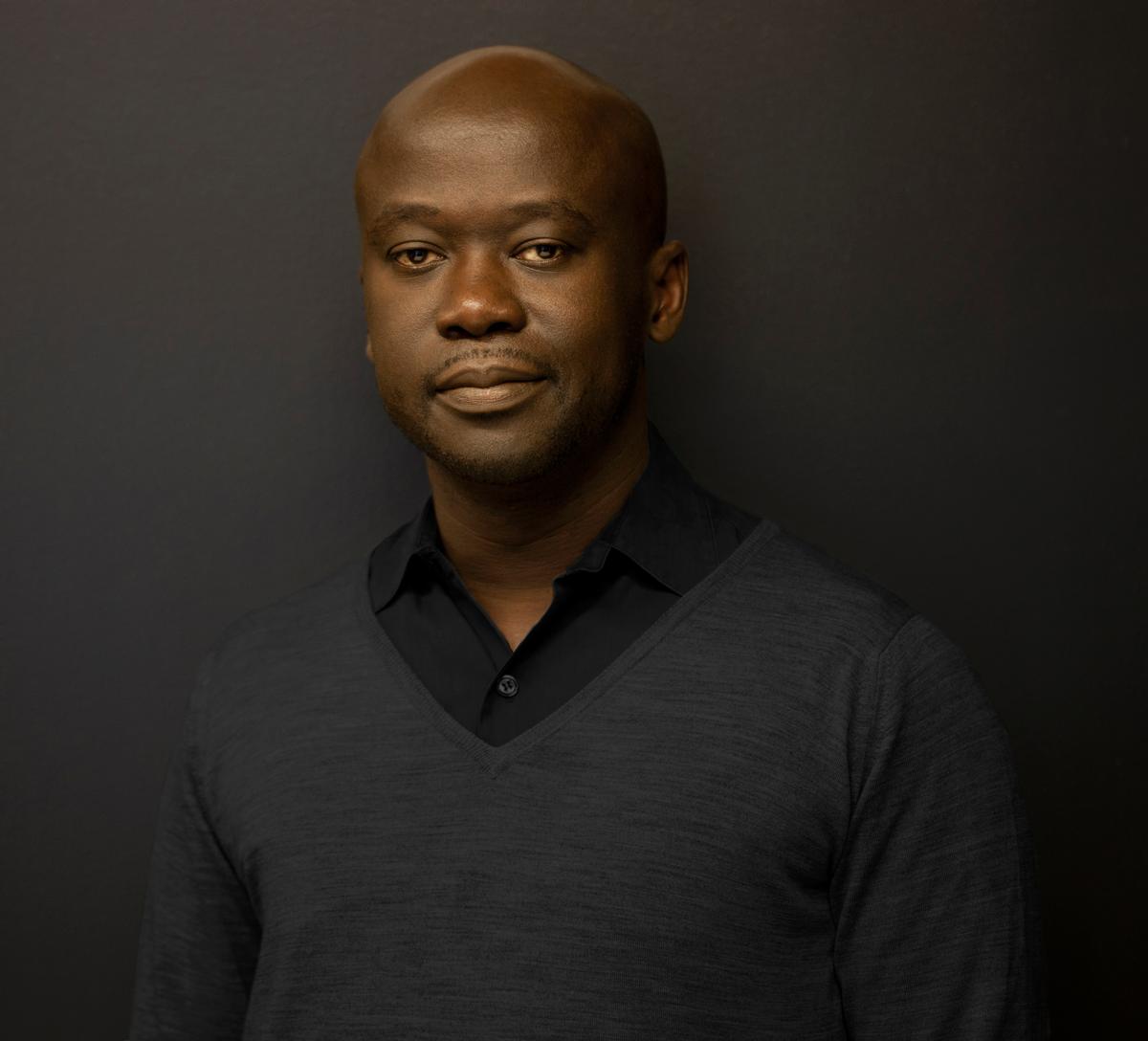
More News
- News by sector (all)
- All news
- Fitness
- Personal trainer
- Sport
- Spa
- Swimming
- Hospitality
- Entertainment & Gaming
- Commercial Leisure
- Property
- Architecture
- Design
- Tourism
- Travel
- Attractions
- Theme & Water Parks
- Arts & Culture
- Heritage & Museums
- Parks & Countryside
- Sales & Marketing
- Public Sector
- Training
- People
- Executive
- Apprenticeships
- Suppliers







